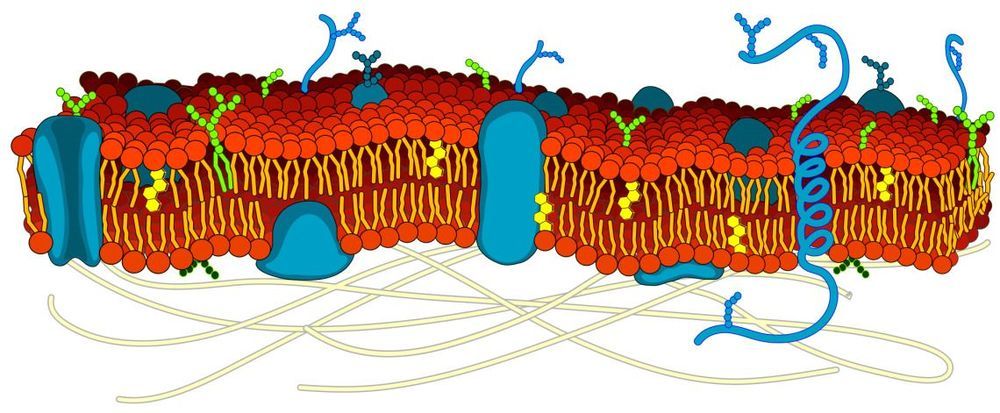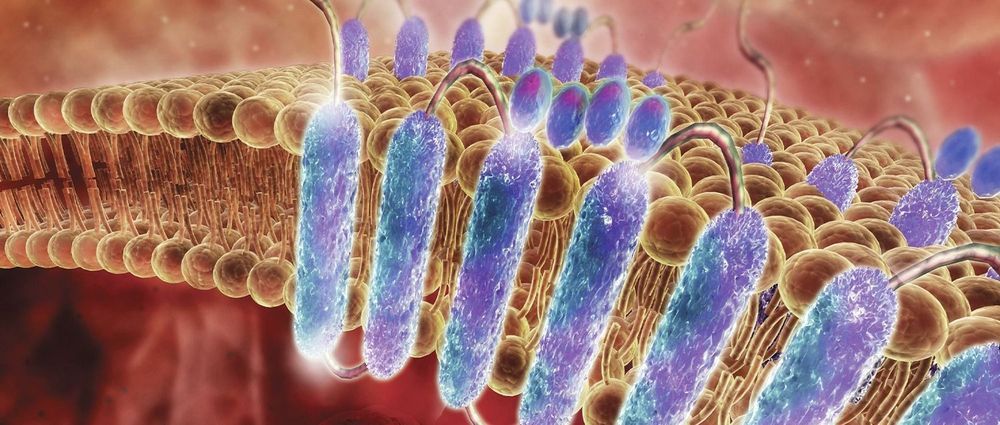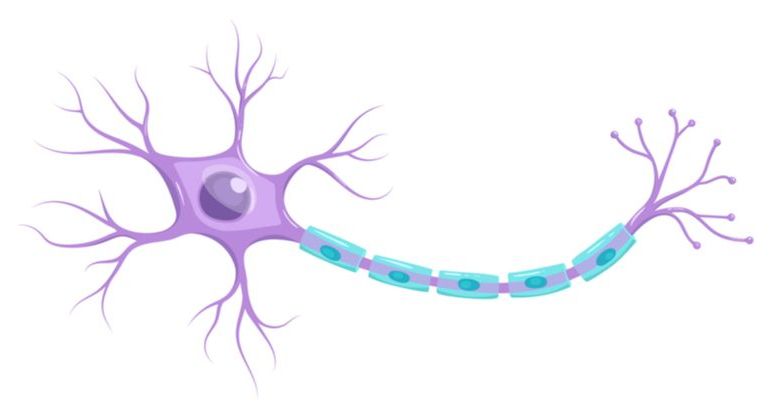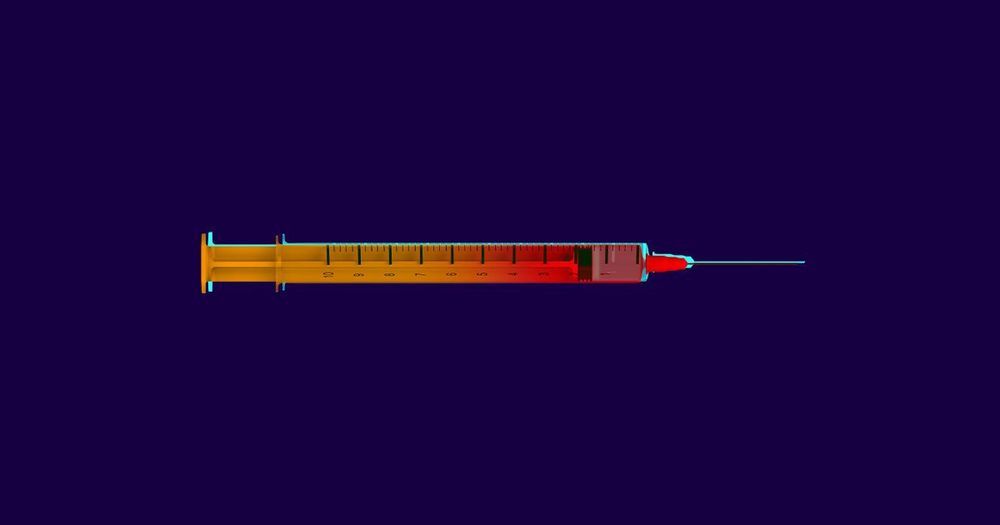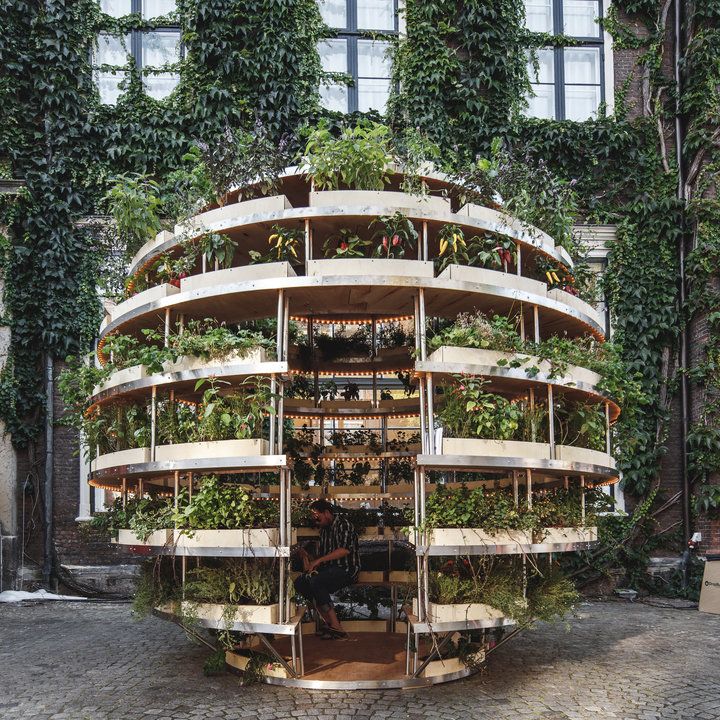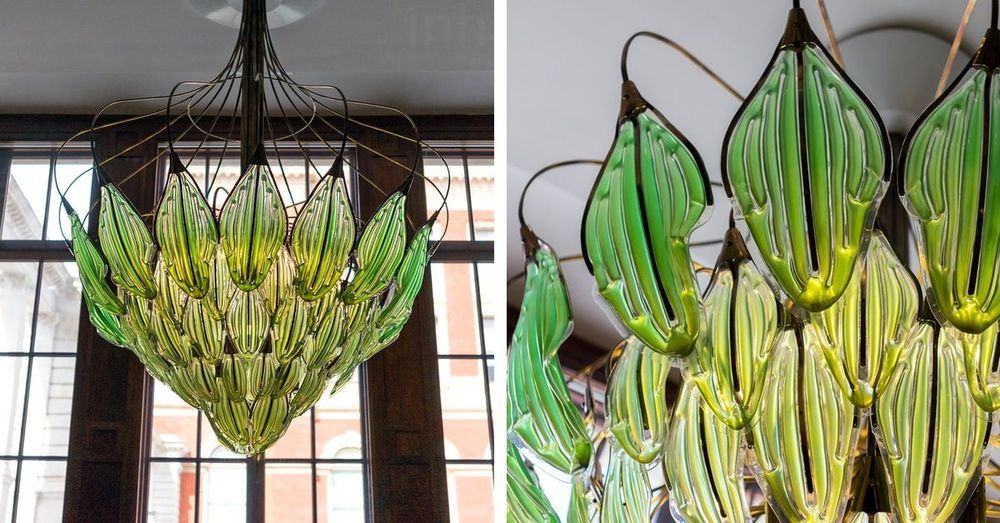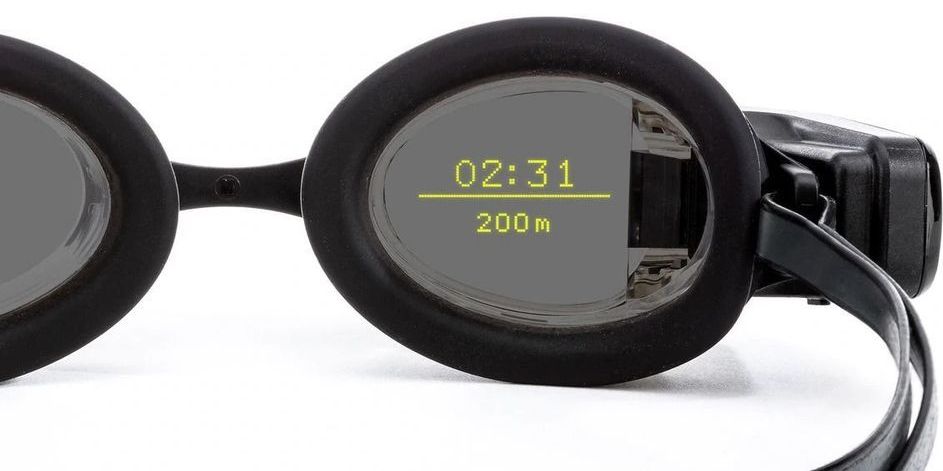Nov 25, 2019
Paging Dr. Robot: Artificial intelligence moves into care
Posted by Paul Battista in categories: biotech/medical, health, robotics/AI
The next time you get sick, your care may involve a form of the technology people use to navigate road trips or pick the right vacuum cleaner online.
Artificial intelligence is spreading into health care, often as software or a computer program capable of learning from large amounts of data and making predictions to guide care or help patients.
It already detects an eye disease tied to diabetes and does other behind-the-scenes work like helping doctors interpret MRI scans and other imaging tests for some forms of cancer.

